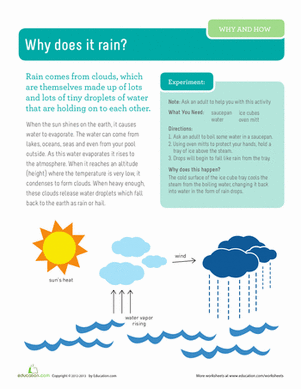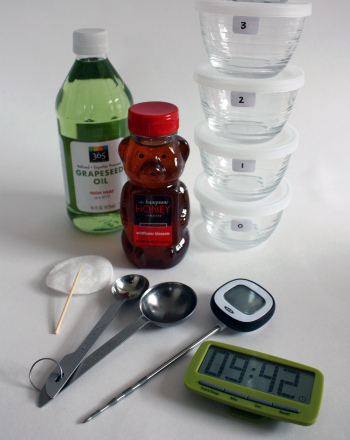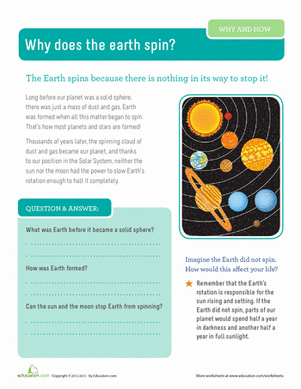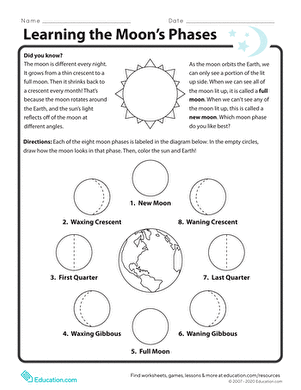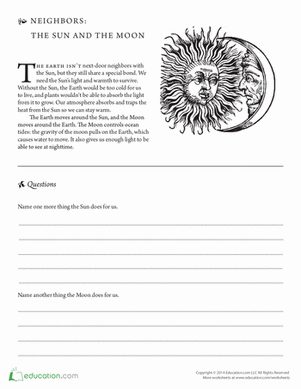Science project
Why Does the Moon Glow?
How can the moon glow if it doesn’t make its own light? In this experiment, you’ll watch light bounce by making a simple photometer.
Problem
Why does the moon glow?
Materials
- 2 pieces of 8 ½ x 11 white paper
- Cardboard box
- Flashlight
- 3 large hardcover books
- Ruler
- Tape
Procedure
- To create your photometer, set up a cardboard box one foot away from a wall. Place a piece of white paper on the front of the box.
- Tape the second piece of white paper onto the wall one foot in front of the cardboard box.
- Stack your three books by the wall beside the piece of white paper.
- Place your flashlight on the pile of books and point it at the white paper on the cardboard box. Turn off the overhead light.
- Look at the wall. Is the paper illuminated even though you’re shining the flashlight in the opposite direction?
Results
The light from the flashlight will bounce off the paper on the cardboard box onto the white paper on the wall.
Why?
The moon appears to glow in the night sky. It’s beautiful and white, even though it is a large lump of rock. Why does it seem to glow? In our solar system, the planets and their moons receive light from the Sun, which is a star. When the moon appears to glow, it’s actually bouncing sunlight from the day side of the earth to the night side where you’re viewing it. It also reflects light during the day, but the lighter sky and the sun’s visibility makes its glow less of a contrast.
Oddly enough, the moon shouldn’t be very good at bouncing light. Have you ever stepped outside on a sunny, snowy day and needed to put on your sunglasses? White objects are great at bouncing light. This is because they have a high albedo, which means that they reflect light well.
The moon, however, actually has a low albedo. So why does it glow so brightly? One reason could be the opposition effect. When light hits the rough soil of the moon directly, and the person watching the moon from Earth is in a line with the sunlight, then the shadows of the moon’s soil seem to disappear, making the moon look brighter.
Another soft source of light is earthshine. This is light that reflects off the Earth onto the Moon. Earthshine is visible on the shadowed part of the moon – the moon’s “night side.”
Education.com provides the Science Fair Project Ideas for informational purposes only. Education.com does not make any guarantee or representation regarding the Science Fair Project Ideas and is not responsible or liable for any loss or damage, directly or indirectly, caused by your use of such information. By accessing the Science Fair Project Ideas, you waive and renounce any claims against Education.com that arise thereof. In addition, your access to Education.com's website and Science Fair Project Ideas is covered by Education.com's Privacy Policy and site Terms of Use, which include limitations on Education.com's liability.
Warning is hereby given that not all Project Ideas are appropriate for all individuals or in all circumstances. Implementation of any Science Project Idea should be undertaken only in appropriate settings and with appropriate parental or other supervision. Reading and following the safety precautions of all materials used in a project is the sole responsibility of each individual. For further information, consult your state's handbook of Science Safety.
